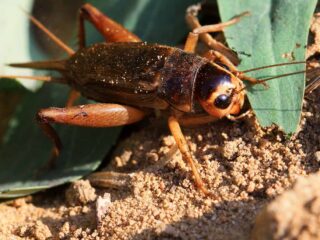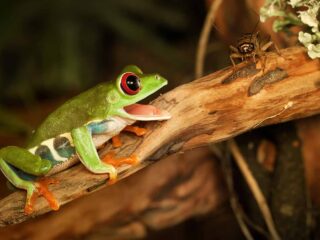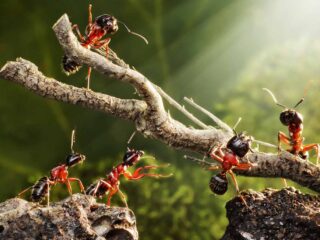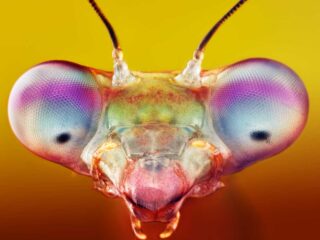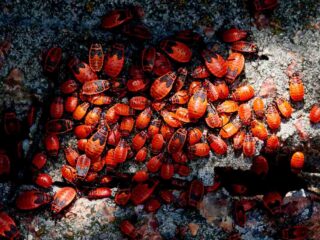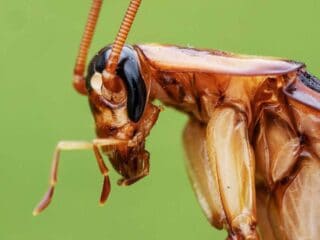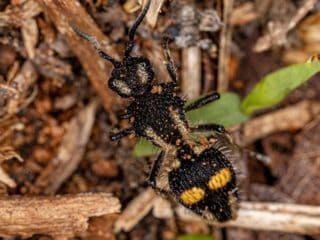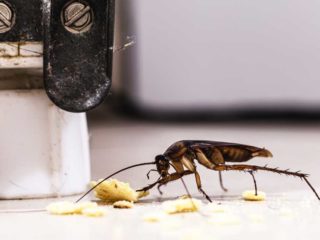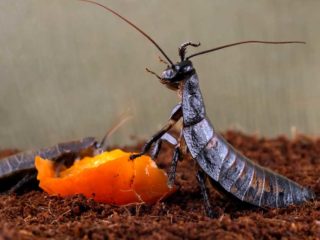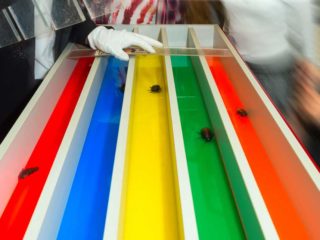Knowing what crickets eat is important to know when trying to prevent an infestation. Or when trying to keep your feeder crickets alive. Crickets are found everywhere in the world (except for Antarctica). These well-adapted creatures may be so widespread due to the variety of their diet. Crickets have an extremely diverse diet. They will …
Bug Facts
Despite being highly vocal creatures, crickets are quite defenseless against most predators. Determining what eats crickets can help reduce their numbers. Common cricket predators include frogs, spiders, and lizards. Birds, salamanders, and bats also love to eat crickets. And humans in many countries eat crickets as good source of protein. Attracting cricket-eating animals is one …
Insects are amazing tiny creatures and are often overlooked. Are insects animals or something else entirely? Insects are animals because they meet the taxonomic classification for the animal kingdom. These characteristics include: respire with oxygen, feed on organic material, motility, sexual reproduction, and are multicellular. There are more insects on Earth than all other animals …
Insect anatomy is wildly different than our own. They have exoskeletons around their organs, instead of an endoskeleton. You may wonder how different other aspects of their anatomy is. Do insects have hearts? Here’s more about insect hearts and how their circulatory systems work. Do Insects Have Hearts? Insects do hearts, and they are a …
If you see a squished bud, its insides won’t look red but green or yellowish. Do insects have blood? Instead of blood like humans, insects have a similar but distinctly different fluid. Learn about bug blood and about the insect circulatory system. Do Insects Have Blood? Bugs have a substance called hemolymph, which serves similar …
Known for their ability to survive, cockroaches are a group of insects that are part of the Blattodea order. While there are some variations within the 4,600 species of cockroaches, they have similar hearts. Their circulatory systems stand out in the animal kingdom for their number of chambers. So, how many heart chambers does a …
Even hornets aren’t immune to predation. Many animals and insects feed on hornets from all life stages (from larvae to adults). Here is what eats hornets. Hornets are popular food for many animals. Hornet predators include birds (scarlet tanagers, purple martins, caracara), flies (satellite flies, cannibalfly), and even other wasps (velvet ants, giant hornets). Mammals …
Tired of chasing roaches around your house? Where do roaches come from? Here are 8 ways cockroaches access your home. Plus tips to avoiding infestation and answer some frequently asked questions. Roaches can enter your home from water drains, under entry doors, from inside of cardboard boxes, on firewood and luggage, and even from your …
Cockroaches are ancient insects. The cockroach taxonomy started about 275 million years ago in the Paleozoic era. Although they are generalized as a well-known pest, most species of cockroaches do not have any interaction with humans. Why do roaches exist? What is their purpose? Why do cockroaches exist? Roaches serve many purposes, including soil quality …
Just how fast is a cockroach? These little pests are just about everywhere and have existed for thousands of years. You may be surprised by this, but cockroaches are one of the world’s fastest insects! The American cockroach (Periplaneta americana) can run 1.5 meters per second. This equals 3.4 mph (5.5 km/h), and 50 body …

